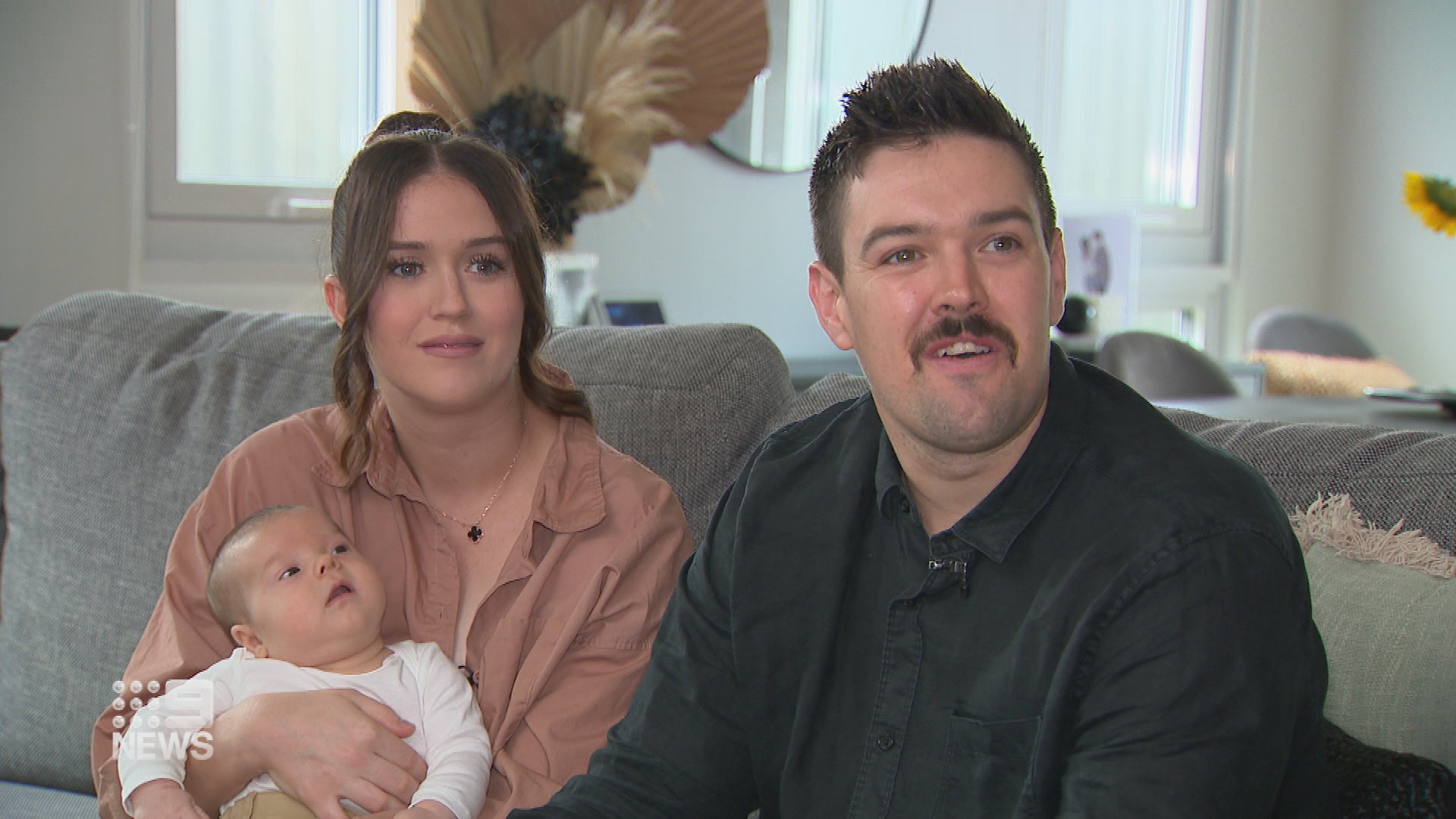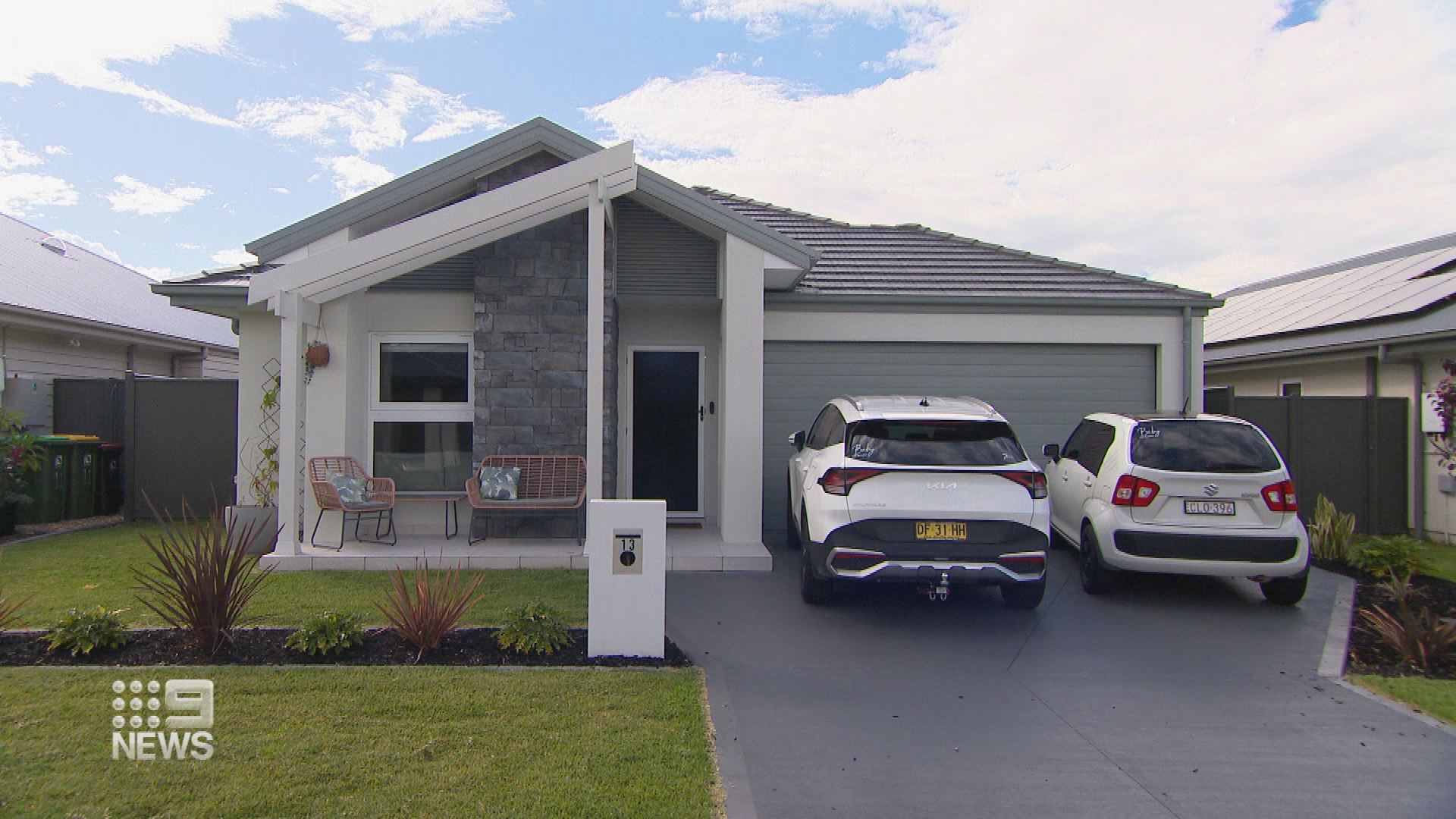While many Australians look to cut back on their power usage, new parents Chloe and PJ O'Meara aren't holding back.
Between washing clothes for their newborn Patrick, heating bottles and powering baby monitors, they're constantly using electricity.
Despite all this, they haven't noticed a jump in their power bills because they're saving elsewhere.
READ MORE: Former NRL star Jarryd Hayne jailed for four years, nine months for sexual assault

"Obviously we've got one extra person which uses up a little bit more electricity for things," Chloe said.
"We were pleasantly surprised at our energy bill."
The young family has moved into an efficient home in Spring Farm, south-west of Sydney, which has an energy rating of 8.4 stars and is so insulated it requires far less heating or cooling than your average Australian home.
"We were looking at what would be our family home, and this is the perfect one," PJ said.
"The cost of living is just astronomical at the moment," said Ms O'Meara.
"We know we've made a saving."
READ MORE: Two NSW police officers charged after baby sustained 'non-accidental' injuries

The home is a new energy-efficient model developed by housing giant AVJennings.
"It's trying to make our homes more sustainable and energy efficient for the future," said AVJennings CEO Phil Kearns.
"The prefab nature of these homes, we can get to lock-up in about three days… so the construction is very very simple, but what's in the walls is quite complex."
The key to its energy efficiency is a new densely insulated material, called Pro9, which is used for the walls.
READ MORE: Woman jailed for sex with 14-year-old male student
The developer said this, combined with double-glazed windows, could cut the electricity needed for heating and cooling by 77 per cent.
"This home holds temperature so well," said Ms O'Meara.
"Over summer we used the air con a bit, I was heavily pregnant… half an hour and the house is cool for the rest of the day."
It will be crucial for new homes to reach higher energy-efficiency standards in October this year, when it becomes compulsory for all new houses and apartments constructed in Australia to achieve an energy rating of seven out of 10 stars.
But most established homes fall short.
"On a scale of one to 10, where 10 is the best and six is the minimum, the average is probably around two or three," energy efficiency consultant Richard Keech said.
In some European countries, home energy ratings have been around for more than 40 years.
"I think Australia is catching up … our environment is quite unique and what works well in Europe may not necessarily work well here," Kearns said.
Sign up here to receive our daily newsletters and breaking news alerts, sent straight to your inbox.
